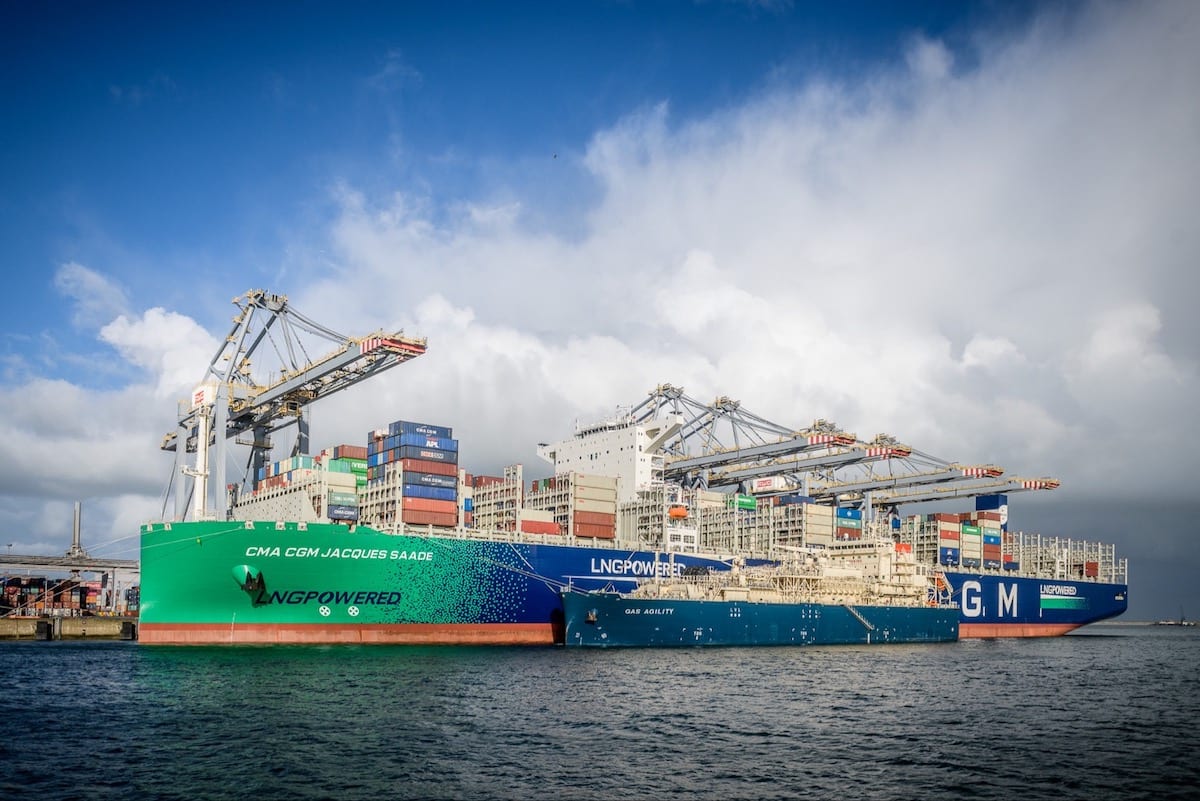El Faro pictured laid up in Baltimore in 2010. Photo: Allen Baker
By Donald Frost
SS EL FARO’s age (39 years) has risen as a cause of its loss: But the issue, to my mind, is not age but inspection and maintenance.
The discussion of age in connection with marine accidents is an unfortunate gross over-simplification, one that mis-leads the general observer masking as it does the numerous elements far more critical to a vessels structural integrity. Not the least it ignores, in the United States especially, an enormously rigorous safety regime that starts with the US Government in the form of the US Coast Guard, perhaps the finest safety organization in the world.
Next there are the Classification Societies, those technical engineering organizations, such as American Bureau of Shipping, which did the physical inspections and certification of the El Faro. These frequently “Not for Profit” organizations are charged with the physical inspection of each vessel and the issuance of safety certificates, without which a vessel may not sail.
Each vessel is the product of a small army of contractors whose equipment, engineering work and reputations are constantly on the line as they continuously monitor, maintain and upgrade their products. And certainly not least is the corporate culture in the US which is second to none, and which must meet the demands of an environmental protection and safety driven regulatory regime.
All of these forces are constantly focused on maintaining the integrity of a vessel’s structural safety.
The International Maritime Organization (IMO) and the European Commission, in the wake of the loss of the M/T ERIKA in 1999 and the M/T LEVOLI Sun in 2000, did extensive investigations into the issue of age. It was established that a ship’s age is independent of its safety. The only criterion is how each ship is maintained over its life.
In the United States there is data supporting the findings in Europe. Some examples:
- The average of the US Jones Act fleet over 10,000 dwt, of which EL FARO was part, is 30 years. If tankers are excluded the average age of the dry cargo fleet is higher. At the end of 2015 it was 33+ years.
- The average age of the school ships run by the state maritime colleges is 37 years. The oldest is over 50 years.
- The average age of the Maritime Administration’s Ready Reserve fleet is 41 years.
- The average age of the United States Coast Guard’s High Endurance (deep sea) cutters is 42 years.
- The average age of the US Great Lakes cargo fleet is 46 years
- The average age of the US Navy’s commission ships is 20 years. If tankers and combat logistics ships are omitted the age of the forward deployed cargo fleet is well over 25 years.
Yet the United States enjoys one of the safest maritime records in the world.
We must not allow ourselves to follow the easy route in the current case of the El Faro and just say age was the cause, because that does an enormous disservice to those wonderful mariners lost when she went down. It ignores the enormous oversight of the US Coast Guard. It belittles the technical expertise of the American Bureau of Shipping. And it would mean that every American seafarer, Navy sailors, Coast Guard women and men, and the precious next generation of skilled, brave and talented cadets that experience their school ship experience is at risk.
We know they are not!
Unlock Exclusive Insights Today!
Join the gCaptain Club for curated content, insider opinions, and vibrant community discussions.

 Join The Club
Join The Club













